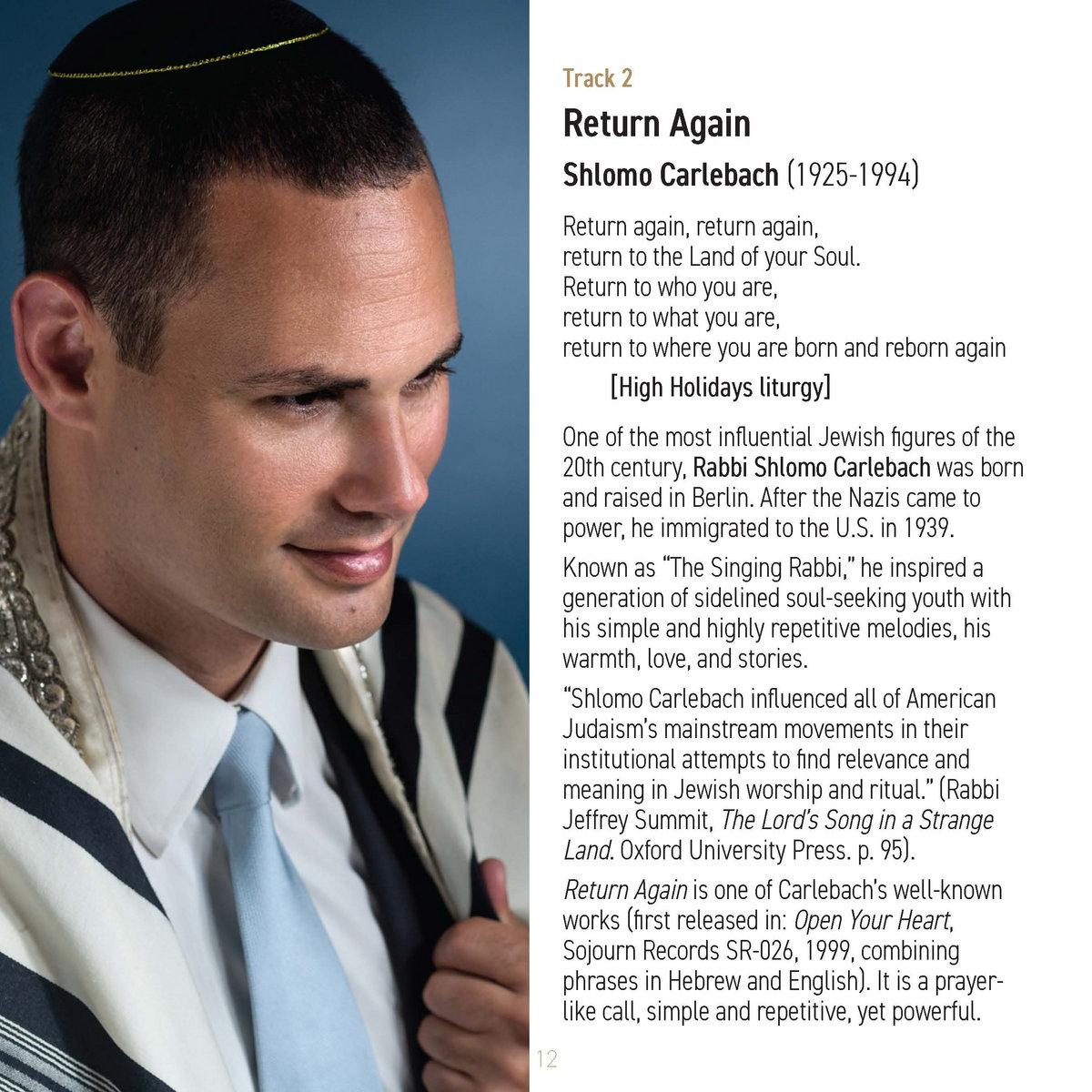


Even during the Days of Awe, though, one must take care not to raise one’s voice above that of the chazzan ( Mechaber, Orach Chayyim 582:9, and Sha’arei Teshuva, ad loc.). The prayers of Yamim Nora’im, though, are an exception since praying aloud – “ b’kol rom” – is conducive to increasing one’s concentration and the intensity of one’s prayer (see Mishna Berurah, ad loc.). It is important to note that, generally, prayers (especially Shemoneh Esreh) should be said silently. It would seem, therefore, that Shema Kolenu is, indeed, a focal point of Selichot. This verse in Yeshayahu concludes with another reference to prayer, “ Ki veiti beit tefilla yikkarei l’chol ha’amim – For My house shall be called a House of Prayer for all the nations.” Interestingly, this verse is the lead-in for Shema Kolenu in Selichot. The second part of that pasuk is the Scriptural source for the next benediction, “ Retzeh“: “ Oloteihem ve’zivcheihem l’ratzon al mizbechi – Their burnt-offerings and their sacrifices shall be accepted on My altar.” For the 16th blessing, in which we ask for our prayers to be accepted, it cites the following verse (Isaiah 56:7): “ Va’haviotim el har kodshi v’simachtim be’veit tefillati – I will bring them to My Holy Mountain, and make them joyful in My House of Prayer.”

The Gemara ( Megillah 17b-18a) discusses the Scriptural sources for the 18 blessings of Shemonenh Esreh. It subsequently became, with the addition of several verses, a focal point of Selichot. Answer: Last week we noted that Shema Kolenu originated as one of the 18 blessings (the Shemoneh Esreh) we recite thrice daily on weekdays.


 0 kommentar(er)
0 kommentar(er)
